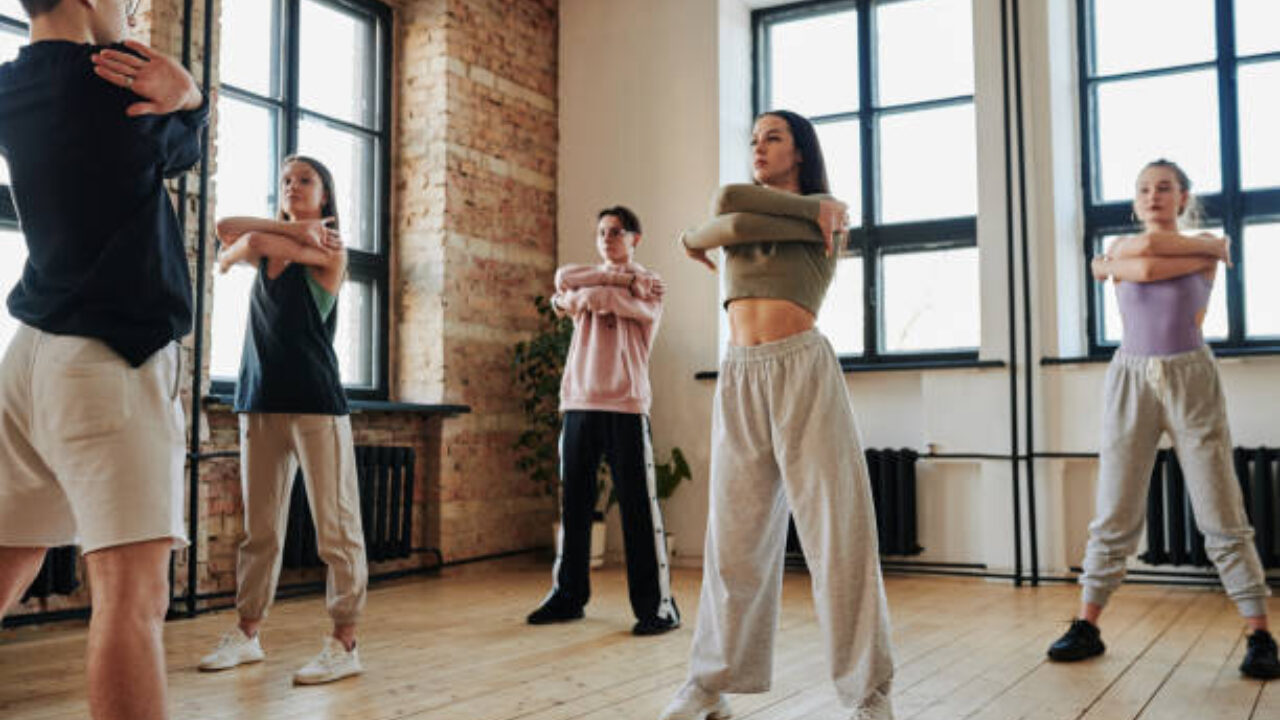
A great dance class isn’t just about drills — it’s about making students feel excited to learn and move! Start with a fun warm-up, build confidence with simple skill exercises, then let everyone explore and express themselves through creative combos. Finish with a joyful wrap-up so every dancer leaves smiling and proud of what they accomplished.
Lesson Planning That Inspires: Structuring Classes for Skill Growth and Fun
Every dance teacher knows the magic that happens when a class clicks—students are engaged, challenged, and having a blast all at once. The secret? A thoughtful lesson plan that balances technical growth with creativity. Whether you’re teaching preschoolers, teens, or adults, the right class structure can make learning both effective and enjoyable.
1. Set the Tone with a Warm-Up
A good warm-up is more than stretching—it’s a chance to prepare the body and the mind. Start with light movement to increase circulation, then layer in technique-building exercises like pliés, tendus, or isolations. Keep it upbeat with music that energizes your dancers so they’re ready to dive in.
2. Build Skills with Focused Drills
Technique is the backbone of dance. Incorporate short, focused drills that target specific skills—like turns, leaps, or footwork patterns. For younger dancers, turn these into fun challenges or games (“Can you balance like a flamingo for 8 counts?”). For older students, explain how each drill connects to choreography so they see the purpose behind the practice.
3. Encourage Creativity Through Exploration
Balance precision with play! After drills, give students a chance to explore movement in their own way. Try guided improvisations, short creative prompts, or partner work. This not only sparks imagination but also helps dancers apply their technique in expressive, personal ways.
4. Connect Skills to Choreography
The best way to solidify new skills is to use them in a combo. Teach a short piece of choreography that highlights what they’ve been working on. Keep combinations age-appropriate—silly and story-driven for little ones, dynamic and stylistically challenging for teens, and expressive or fitness-oriented for adults.
5. Wrap Up with Reflection and Joy
End on a positive note. Take a moment to stretch, reflect on what was learned, and celebrate effort. For kids, a quick “dance circle” where they show off their favorite move can be a highlight. For older dancers, invite feedback or ask what they found most challenging. These small rituals build community and confidence.
✨ The Takeaway: A great lesson plan isn’t just about drills or choreography—it’s about weaving together technique, creativity, and fun. When students leave class sweaty, smiling, and proud of what they accomplished, you know you’ve struck the right balance.